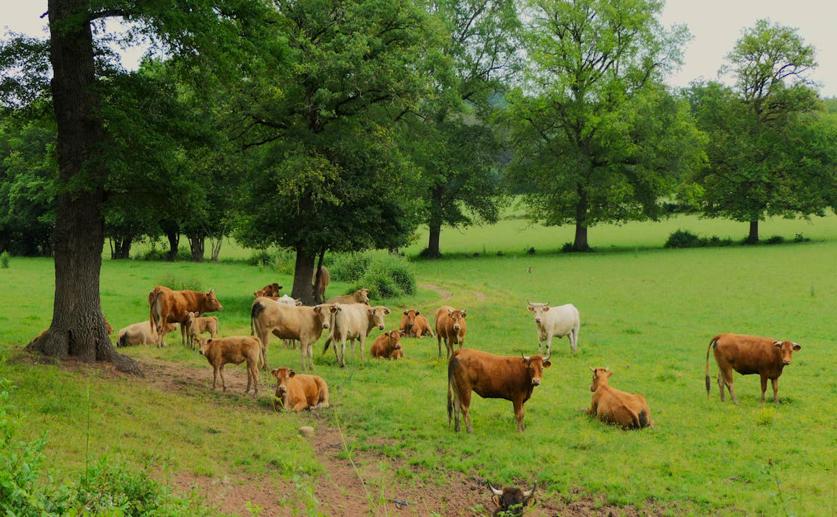
How Fiber and Probiotics Affect Milk Production and Eating Habits in Dairy Cows
Greg Howard
22nd July, 2024

Image Source: Lisa Goudzwaard (photographer)
Key Findings
- The study at the University of Wisconsin, Madison, found that cows on a low-forage diet with direct-fed microbial (DFM) supplementation ate more feed
- Cows on the low-forage diet produced 2.1 kg more milk per day compared to those on the high-forage diet
- DFM supplementation reduced morning respiration rates, suggesting it may help reduce heat stress in cows
AgricultureNutritionAnimal Science
References
Main Study
1) Dietary fiber source and direct-fed microbial supplementation effects on lactation performance and feeding behavior of high-producing dairy cows.
Published 19th July, 2024
https://doi.org/10.3168/jds.2024-25033
Related Studies
2) Effect of feeding cows in early lactation with diets differing in roughage-neutral detergent fiber content on intake behavior, rumination, and milk production.
3) Relationship between fermentation acid production in the rumen and the requirement for physically effective fiber.
Journal: Journal of dairy science, Issue: Vol 80, Issue 7, Jul 1997
4) Effects of the addition of direct-fed microbials and glycerol to the diet of lactating dairy cows on milk yield and apparent efficiency of yield.



 10th May, 2024 | Jim Crocker
10th May, 2024 | Jim Crocker